The Sales Tax Software Market is currently characterized by a dynamic competitive landscape, driven by the increasing complexity of tax regulations and the growing need for automation among businesses. Key players such as Avalara (US), Vertex (US), and Sovos Compliance (US) are at the forefront, each adopting distinct strategies to enhance their market positioning. Avalara (US) focuses on continuous innovation, particularly in integrating artificial intelligence to streamline tax compliance processes. Vertex (US), on the other hand, emphasizes strategic partnerships with ERP providers to expand its reach and enhance service offerings. Meanwhile, Sovos Compliance (US) is actively pursuing mergers and acquisitions to bolster its technological capabilities and market share, indicating a trend towards consolidation in the sector.
The business tactics employed by these companies reflect a moderately fragmented market structure, where no single player dominates. Localizing services to meet regional tax requirements and optimizing supply chains are common strategies that enhance operational efficiency. The collective influence of these key players shapes a competitive environment that is increasingly reliant on technological advancements and customer-centric solutions, fostering a landscape where agility and responsiveness are paramount.
In August 2025, Avalara (US) announced a strategic partnership with a leading e-commerce platform to enhance its tax compliance solutions for online retailers. This move is significant as it not only broadens Avalara's customer base but also positions the company as a critical player in the rapidly evolving e-commerce sector, where tax compliance is becoming increasingly complex. The partnership is expected to drive growth by providing integrated solutions that simplify tax calculations for businesses operating in multiple jurisdictions.
In September 2025, Vertex (US) launched a new cloud-based solution aimed at small to medium-sized enterprises (SMEs), which is a notable shift in its strategy to cater to a broader market segment. This initiative is crucial as it allows Vertex to tap into the underserved SME market, which often lacks access to sophisticated tax solutions. By offering tailored services, Vertex is likely to enhance its competitive edge and foster customer loyalty in a segment that is becoming increasingly important for revenue growth.
In July 2025, Sovos Compliance (US) completed the acquisition of a prominent tax technology firm, significantly enhancing its capabilities in automated tax reporting. This acquisition is indicative of a broader trend towards consolidation in the market, as companies seek to bolster their technological prowess and expand their service offerings. The integration of advanced technologies from the acquired firm is expected to enhance Sovos's product suite, making it more competitive in a landscape that demands rapid adaptation to changing tax regulations.
As of October 2025, the Sales Tax Software Market is witnessing trends that emphasize digitalization, sustainability, and the integration of artificial intelligence. Strategic alliances are increasingly shaping the competitive landscape, as companies recognize the value of collaboration in enhancing service offerings and expanding market reach. Looking ahead, competitive differentiation is likely to evolve from traditional price-based competition to a focus on innovation, technology integration, and supply chain reliability. This shift underscores the necessity for companies to adapt and innovate continuously to maintain a competitive advantage in a rapidly changing market.


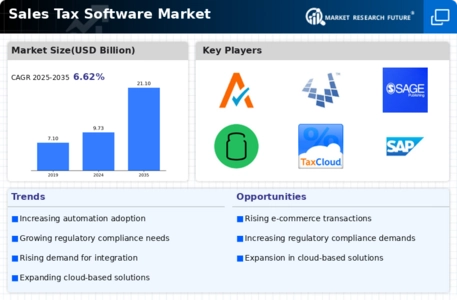
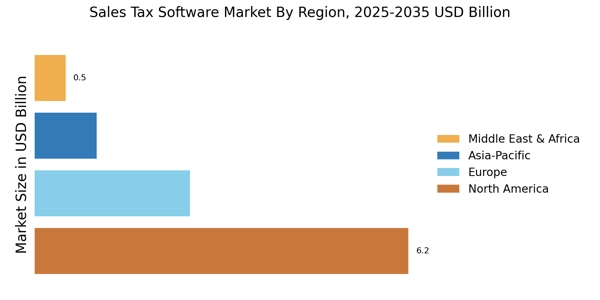
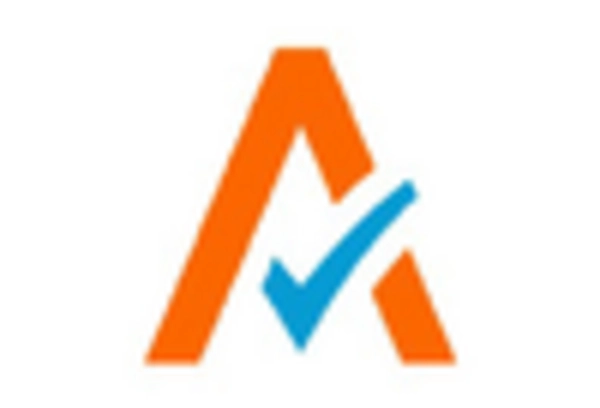
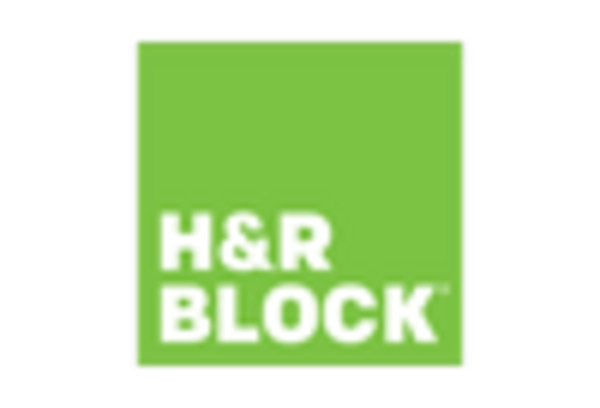
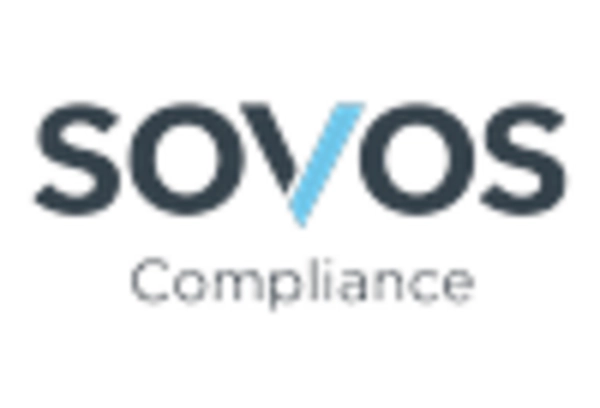

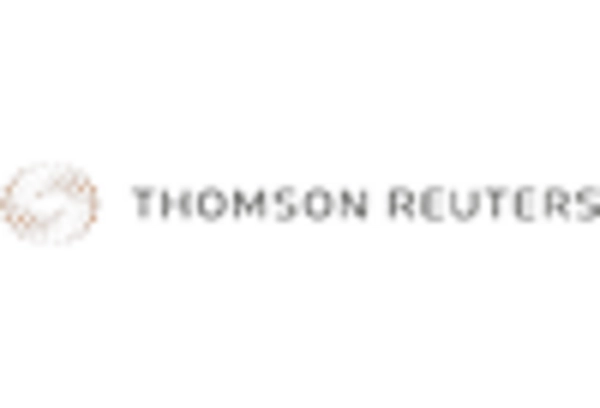
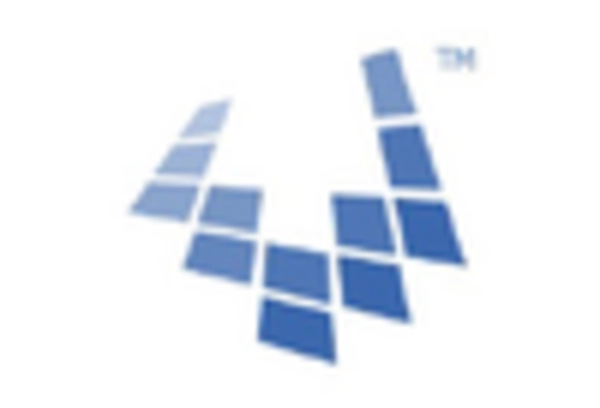








Leave a Comment